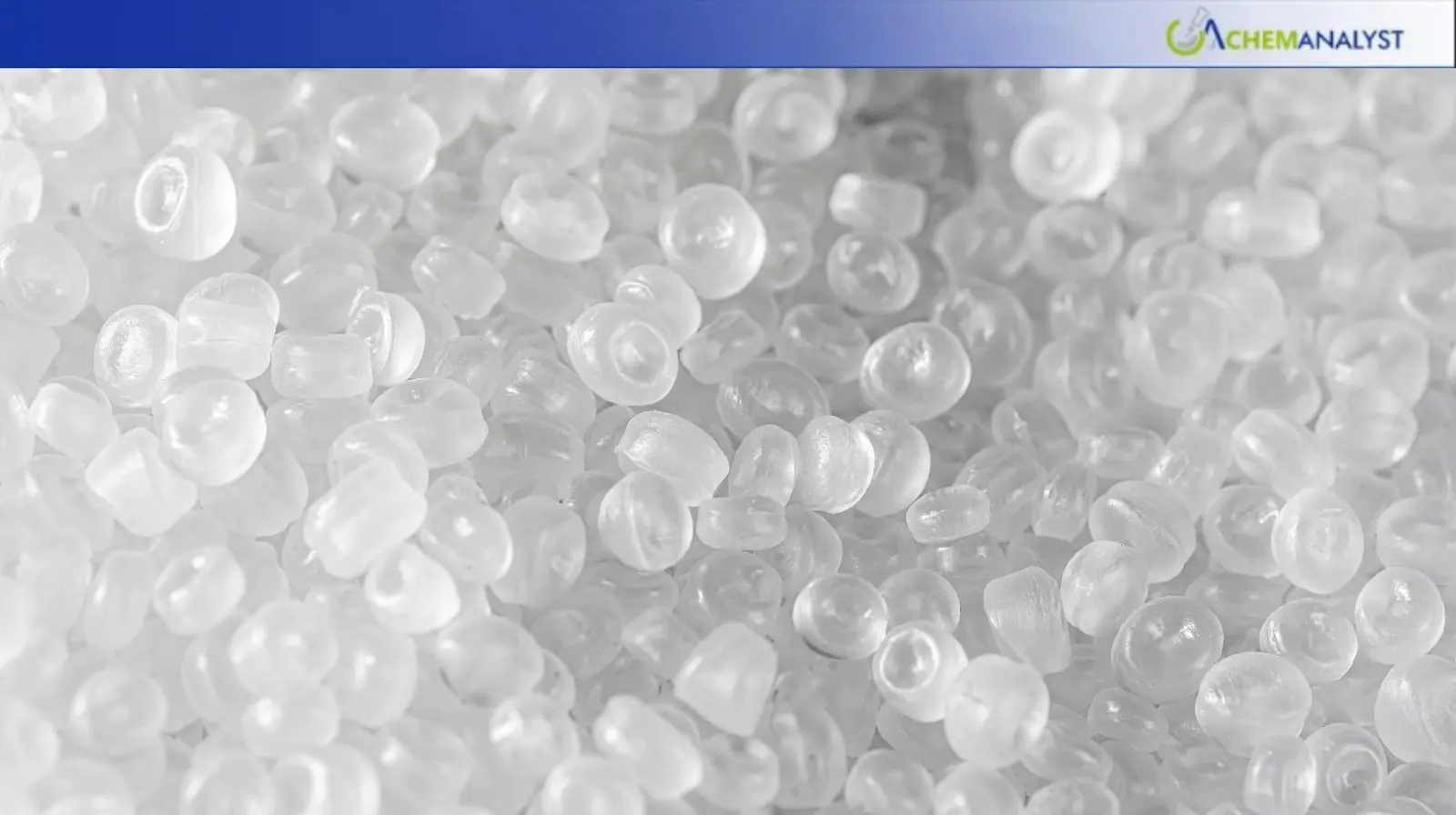Welcome To ChemAnalyst

In the United States, butyl acrylate prices remained unchanged because of stable raw material prices and continuous demand in the construction sector. Trade disputes and lower exports had an impact on the market but, production still benefited from the clearance of the backlog. Consumer sentiment was somewhat ambiguous, but on the other hand, big industrial investments were a good sign for the long-term growth and vice versa.
Prices for butyl acrylate in the U.S. continued to showcase stability during the week that ended on October 17, and that partly was the consequence of unchanging feedstock prices and the general sluggishness in the economy that impacted demand for industrial goods. Although trade disputes are still in place and there is a factory output growth slump, as before, the demand for butyl acrylate was still strong enough to keep the price stable since the input costs remained stable and construction activity was a source of the demand.
The main feedstocks for butyl acrylate, n-butanol and acrylic acid, had hardly any daily rate changes during the month. The n-butanol prices were unchanged, meanwhile the acrylic acid had a slight drop of 0.7%. This minute decrease in the price of acrylic acid did not lead to significant bearish pressures on the butyl acrylate price, as the total cost standing was still the same. The raw materials stability was like a win-win situation for the producers because they had predictable margins and thus, less need for price adjustments for butyl acrylate.
The demand for exports has fallen, and this is mainly due to retaliatory tariffs that stemmed from the U.S. trade disputes with important partners like Canada and Mexico. The tensions sparked a noticeable decline in the sales across the borders, which then brought about a slowdown in the factory output growth. However, the quicker clearing of the backlogs was instrumental in keeping up production levels and thus in preventing a sharp contraction in the demand for the industrial chemicals such as butyl acrylate.
The University of Michigan’s initial consumer sentiment index for October was recorded at 55, which is almost the same as September's figure of 55.1 and slightly surpassing the predictions which were at 54.2. As a result of the survey, sixty-six percent of the respondents expressed that their financial situation was better, and they were more optimistic about the business environment a year from now, however, the future personal finance concerns and unfavourable conditions for buying durable goods negated the gains. This mixed sentiment signals cautiousness for butyl acrylate among consumers, which could have a downstream impact on the demand for products that rely on butyl acrylate, such as paints, adhesives, and coatings.
However, the uncertainties of macroeconomic conditions haven't affected industrial investment. Just in September, 38 new General Industrial facility construction projects were identified, each with a value of $100 million or more. Turning point in this direction was the announcement made by Oklo Inc. for its $1.7 billion processing facility in Oak Ridge, Tennessee, with the target of going online by 2030. The same can be said about the shipbuilder, who is looking for a $1 billion complex with both manufacturing and warehousing in Galveston, Texas. All these massive projects are expected to create a long-term requirement for construction materials and industrial chemicals, including butyl acrylate.
Though the short-term economic indicators are mixed, the feedstock stability and industrial investment continuation indicate that butyl acrylate prices may stink soon. Traders will undoubtedly keep a sharp eye on the situation with trade and the consumers, but for the time being, the butyl acrylate price is indicative of a strong balance in a complex economy.
We use cookies to deliver the best possible experience on our website. To learn more, visit our Privacy Policy. By continuing to use this site or by closing this box, you consent to our use of cookies. More info.
